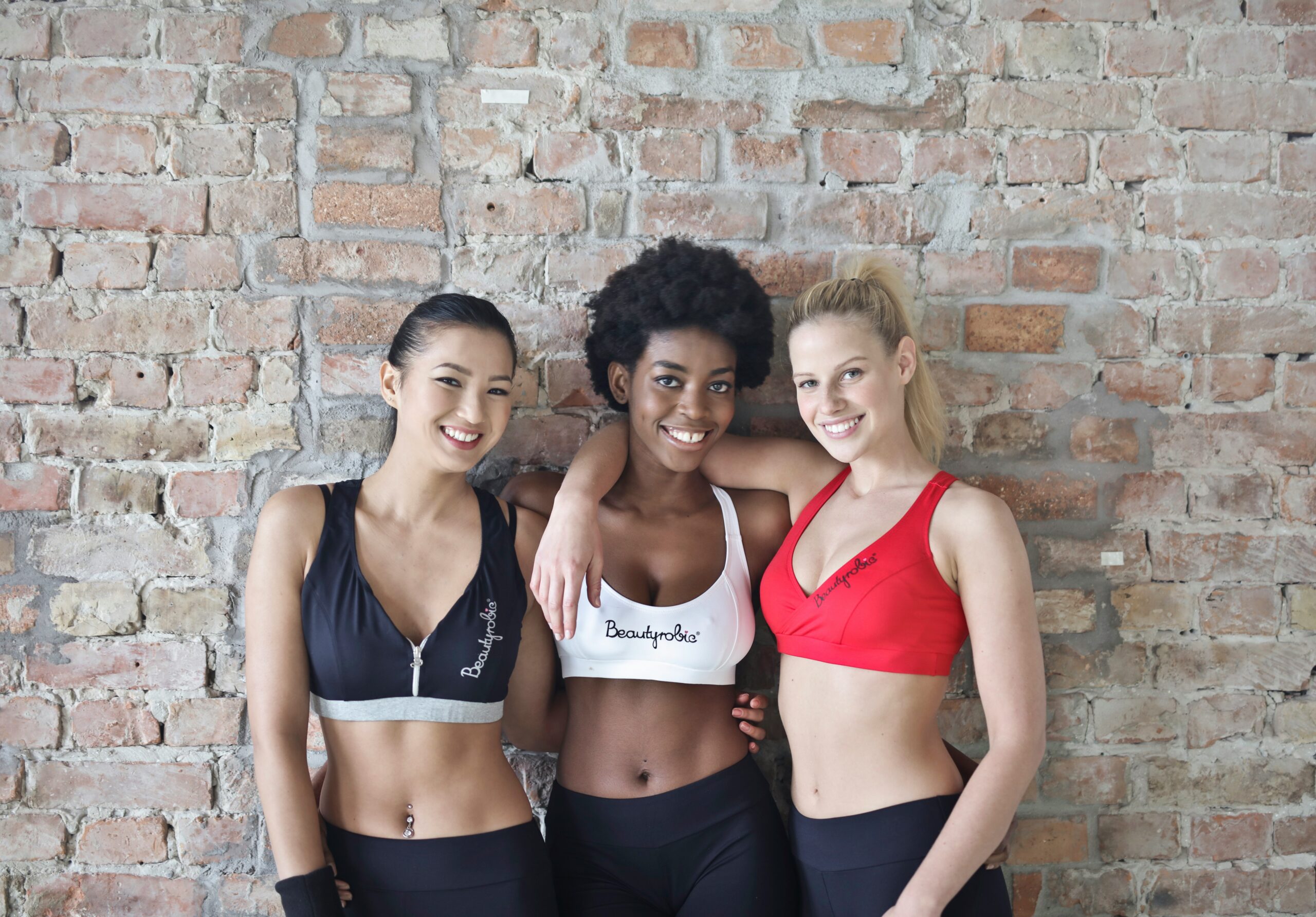A color guard captain plays a crucial role beyond just being an exceptional performer on the team. At the same time, their technical skills have certainly earned them a position among their fellow members. Being a captain demands a unique blend of leadership abilities, effective communication, and robust organizational skills. A captain needs to recognize that, at this point, they are not just another team member—they are a leader who sets the tone and direction for the entire group. This significant role requires patience, enthusiasm, and the ability to maintain composure and clarity during high-pressure situations.
1. A Color Guard Captain will Always Demonstrate Leadership
As the color guard captain, you serve as a vital bridge between the coaching staff and your team. Your responsibility lies in relaying the coach’s expectations and messages in a manner that is both clear and positive. Effective leadership in the color guard encompasses a broad spectrum of responsibilities:
Leading Warm-Ups and Conditioning: You will initiate warm-up exercises, stretching routines, and conditioning drills that prepare the team physically and mentally for practice.
Taking Charge of Practices: When requested, you may be asked to lead practice sessions by running drills or perfecting routines, ensuring everyone is focused and engaged.
Assisting with Techniques: Help teammates refine their proficiency with flags, rifles, sabers, and other props, guiding them toward technical excellence.
Providing a Resource for Questions: Serve as the first point of contact for any inquiries regarding choreography, timing, marching instructions, or other technical aspects.
Coordinating Team Activities: Take the initiative to organize team bonding activities and plan performances and competitions, fostering a sense of community.
Offering Constructive Feedback: Provide feedback that encourages growth and improvement without discouraging your teammates. A positive approach goes a long way in maintaining morale.
As a captain, your role extends beyond tasks. You are responsible for nurturing a sense of unity and belonging within the team. Your teammates will look to you for guidance and reassurance, so it is essential to maintain a calm and professional demeanor, even when the atmosphere might become tense or stressful.
2. A Great Color Guard Captain will have the Ability to Motivate Color Guard Performers
Challenges are a natural part of any team endeavor, from the rigors of lengthy practices to the pressures associated with competitions. As a color guard captain, you hold a significant role in setting the emotional tone for the team. Your positive and encouraging energy can create a ripple effect that uplifts everyone around you. This doesn’t mean glossing over difficulties; it involves acknowledging challenges and collaboratively working to find solutions.
Here are some strategies to motivate your team effectively:
Encouraging Words: Use uplifting language during challenging rehearsals to inspire perseverance.
Celebrate Achievements: Acknowledge and celebrate small victories, such as mastering a challenging toss or improving synchronization as a group. These moments contribute to building team spirit.
Creating a Positive Atmosphere: Develop a playlist of motivating songs or establish fun team traditions to elevate morale during authoritarian practices.
Empathy and Understanding: Be vigilant for signs that a teammate may be struggling, whether they need a confidence boost or a brief break—showing empathy can strengthen team bonds.
Different contexts will call for different motivation techniques, so being adaptable and having a diverse toolkit of strategies to energize your team is another essential skill for a captain.
3. A Color Guard Captain Should Know How to Embody Responsibility
As the captain, your actions set the benchmark for the entire team. You must lead by example if you expect your teammates to arrive on time, dressed appropriately, and ready to perform. Demonstrate responsibility by:
Arriving Early: Consistently arrive ahead of schedule to set up and prepare for practices, performances, and competitions.
Meeting Expectations: Ensure you uphold all attire, equipment, and overall preparedness expectations.
Following Through on Commitments: Be reliable in organizing events, maintaining open communication channels with coaches, and bringing necessary items for practice.
Accountability: Respectfully hold your teammates accountable for their actions if they fail to meet the team’s standards.
By exhibiting reliability and professionalism, you will set a precedent that your team is more likely to follow.
4. A Color Guard Captain Should Know How to Be a Mediator
Conflicts are typical in any group dynamic, but as captain, it is your responsibility to help resolve issues without playing favorites. This requires a diplomatic attitude and a mature approach to conflict resolution. When disagreements arise among teammates:
– Listen Actively: Hear both sides of the story and encourage open dialogue to foster understanding.
– Facilitate Solutions: Guide conversations toward constructive solutions rather than allowing blame to overshadow the main issues.
– Focus on Shared Goals: Remind everyone of the team’s collective goals and the importance of collaboration towards success.
Addressing rule violations or breaches of team expectations firmly but fairly is vital. As a captain, you play a crucial role in promoting a culture of mutual respect. Maintain neutral ground whenever possible and avoid getting caught up in personal grievances. This is essential for maintaining team cohesion and focus.
5. Color Guard Captains Should Be Friendly and Approachable
Effective leadership in color guard does not mean wielding authority like a dictator; instead, it involves nurturing trust and respect through approachability and kindness. As a captain, take the initiative to connect with every team member, not just a select few.
Here are ways to establish a friendly atmosphere:
Build Inclusive Relationships: Forge friendships with all teammates so that everyone feels valued and respected.
Open Communication: Encourage team members to voice their concerns and be receptive to feedback regarding your leadership style.
Avoid Favoritism: Create an inclusive environment where each team member feels significant and acknowledged.
Promote Sportsmanship: Exhibit good sportsmanship by greeting opposing teams with respect and kindness during competitions, setting an example for your peers.
When your teammates see you as both a leader and a friend, they’ll be more inclined to follow your guidance and contribute their best effort to the team.
Additional Tips to Become a Successful Color Guard Captain
To be an effective color guard captain, give attention to the finer aspects of team management and leadership:
Stay Organized: Establish a system to track schedules, performance details, and everyone’s responsibilities. Your organizational capabilities will ensure smooth operations, whether arranging equipment or coordinating transportation.
Communicate Effectively: Regularly check in with your coaches and teammates to align on expectations and upcoming events, facilitating a cohesive team effort.
Keep Learning and Growing: Your development doesn’t stop as a captain. Continuously strive to improve your skills and seek coach mentorship to enhance your leadership abilities.
Stepping into the role of a color guard captain is about far more than personal performance. It encompasses guiding your team, fostering a supportive and positive atmosphere, and ensuring every member feels motivated and equipped to succeed. By demonstrating effective leadership, cultivating approachability, and leading with responsibility, you elevate your team’s performance and leave a lasting impact on their color guard experience, shaping them as performers and individuals.



